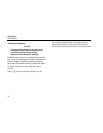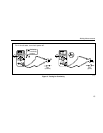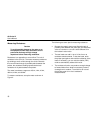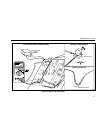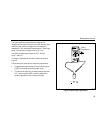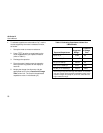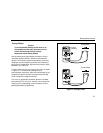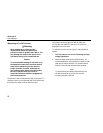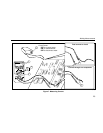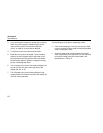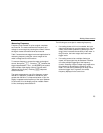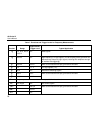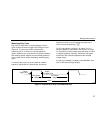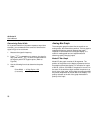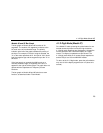
80 Series III
Users Manual
22
Measuring AC or DC Current
WWarning
Never attempt an in-circuit current
measurement where the open-circuit
potential to earth is greater than 1000 V. You
may damage the meter or be injured if the
fuse blows during such a measurement.
Caution
To avoid possible damage to the meter or to
the equipment under test, check the meter’s
fuses before measuring current. Use the
proper terminals, function, and range for
your measurement. Never place the probes
across (in parallel with) any circuit or
component when the leads are plugged into
the current terminals.
Current is the flow of electrons through a conductor. To
measure current, you must break the circuit under test,
then place the meter in series with the circuit.
The meter’s current ranges are 400 µA, 4000 µA,
40 mA, 400 mA, 4000 mA, and 10 A. AC current is
displayed as an rms value.
To measure current, refer to Figure 7 and proceed as
follows:
1. Turn off power to the circuit. Discharge all high-
voltage capacitors.
2. Insert the black lead into the COM terminal. For
currents between 4 mA and 400 mA, insert the red
lead into the mA/µA terminal. For currents above
400 mA, insert the red lead into the A terminal.
Note
To avoid blowing the meter’s 400 mA fuse, use
the mA/
µ
A terminal only if you are sure the
current is less than 400 mA.



